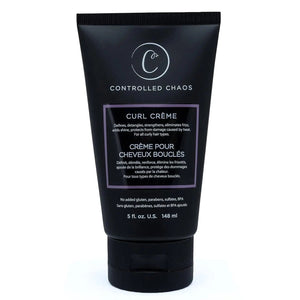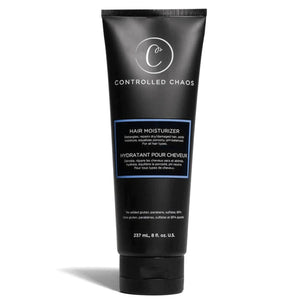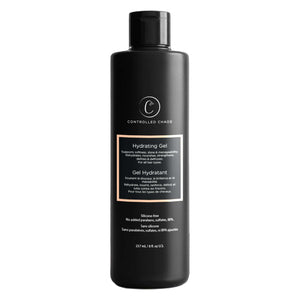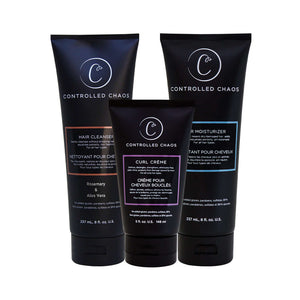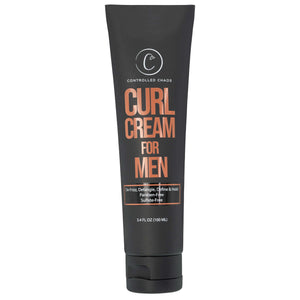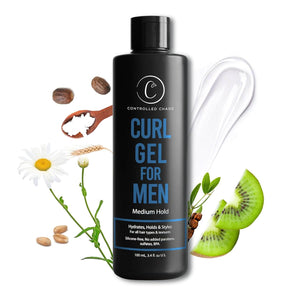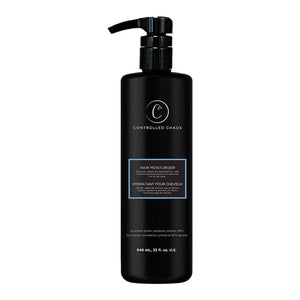

Curl cream has become a staple in the hair care routines of many people with wavy, curly, or coily hair. Promising to define curls, reduce frizz, and provide hydration, curl creams seem like a miracle solution. However, with so many products on the market, some may wonder if curl cream can damage your hair. Let’s explore the truth behind this popular product.
How Does Curl Cream Work?
Curl creams coat the hair strands, lock in moisture, and form a protective layer. This helps curls maintain their shape and reduces frizz caused by dryness or humidity. The cream enhances natural curl patterns, giving them a more polished and defined look.
Can Curl Cream Damage Your Hair?
While curl cream is generally safe, improper application or choosing the wrong product can lead to issues that may harm your hair over time. Here are some factors to consider:
1. Product Build-Up
Some curl creams contain heavy oils or silicones that can accumulate on your hair if improperly washed. This build-up can weigh down curls, make hair appear greasy, and block moisture from penetrating the strands. Over time, this can lead to dryness and breakage.
2. Alcohol and Harsh Chemicals
Curl creams with harsh alcohols or chemicals can strip your hair of natural oils, leaving it dry and brittle. Always read the ingredient label and avoid products with drying alcohols or sulfates.
3. Overuse
Too much curl cream can suffocate the hair strands, reducing their ability to absorb moisture and nutrients. This overuse may cause hair to become limp or dull.
4. Allergic Reactions
Some people may have sensitivities or allergies to certain ingredients in curl creams. Reactions can include scalp irritation, itching, or redness, which may impact hair health.
Tips to Avoid Damage from Curl Cream
To enjoy the benefits of curl cream without harming your hair, follow these best practices:
-
Choose the Right Product
Select a curl cream tailored to your hair type and texture. Look for products with natural, nourishing ingredients and avoid harsh chemicals. -
Use the Right Amount
Start with a small amount and add more only if needed. Distribute the cream evenly through damp hair to prevent overloading any section. -
Wash Regularly
Occasionally, use a clarifying shampoo or co-wash to remove product buildup. This will ensure that your hair stays clean and hydrated. -
Patch Test New Products
Before using a new curl cream, perform a patch test to check for allergic reactions. -
Follow a Balanced Hair Care Routine
Incorporate deep conditioning treatments, moisturizing shampoos, and oils to keep your hair healthy and resilient.
Benefits of Curl Cream
When used correctly, curl cream can offer numerous advantages:
-
Enhanced Curl Definition: Curl creams amplify your natural curls, giving them a structured and bouncy look.
-
Reduced Frizz: They help smooth the hair cuticle, reducing frizz caused by humidity.
-
Hydration: Quality curl creams provide essential moisture to keep hair soft and manageable.
-
Heat Protection: Some formulations include ingredients that protect hair from heat damage during styling.
How to Choose the Best Curl Cream for Your Hair?
Not all curl creams are created equal, and what works for one person may not work for another. Here's a guide to help you find the perfect curl cream for your specific hair type and concerns:
1. Understand Your Hair Type
-
Fine Hair: Look for lightweight curl creams that won’t weigh down your curls. Avoid heavy oils or butter.
-
Thick Hair: Select more affluent, creamier formulations with hydrating ingredients like shea butter or avocado oil to tame frizz and nourish the strands.
-
Coily or Kinky Hair: A profoundly moisturizing curl cream with added oils, like argan or coconut oil, can provide intense hydration and improve manageability.
-
Color-Treated Hair: Seek curl creams free from sulfates and parabens. Ingredients like aloe vera or keratin can also help repair and protect damaged hair.
2. Check the Ingredients
-
Hydrating Ingredients: To retain moisture, look for curl creams with glycerin, aloe vera, or panthenol.
-
Natural Oils and Butter: Ingredients like argan oil, jojoba oil, and shea butter provide nourishment and shine.
-
Avoid Harsh Chemicals: Avoid products with sulfates, parabens, or drying alcohols, as these can strip your hair of moisture over time.
3. Consider Your Styling Needs
-
If you want soft, touchable curls, choose a curl cream with a light hold.
-
Look for a product with added polymers or a more substantial hold factor for long-lasting, structured curls.
Common Myths About Curl Cream
Curl cream has been subject to a lot of misinformation. Let’s debunk some common myths:
Myth 1: Curl Creams Make Your Hair Greasy
Fact: Curl creams can make hair greasy only if used in excess or if the product is too heavy for your hair type. Using the right amount and a lightweight formula can prevent this issue.
Myth 2: Curl Creams Work the Same for All Hair Types
Fact: Different hair types have different needs. A product suited for thick, coarse hair may not work well for fine or wavy hair. Customizing your choice is key.
Myth 3: You Can Use Curl Cream on Dry Hair
Fact: Curl creams work best on damp hair, sealing in moisture and enhancing the natural curl pattern. Applying them to dry hair may lead to uneven distribution and a sticky texture.
How to Apply Curl Cream Correctly
To maximize the benefits of your curl cream and avoid any potential issues, follow this step-by-step guide:
-
Start with Clean Hair
Wash your hair with a sulfate-free shampoo and condition it thoroughly. Removing product build-up ensures your curls absorb the cream effectively. -
Apply to Damp Hair
Gently towel-dry your hair or use a microfiber towel to remove excess water. When applying curl cream, hair should be damp, not dripping wet. -
Section Your Hair
Divide your hair into manageable sections to ensure the product is even applied. -
Use the Right Amount
Start with a dime-sized amount and adjust based on your hair’s thickness and length. Too much product can lead to a build-up of greasiness. -
Distribute Evenly
Apply the cream from mid-length to the ends, scrunching upward to enhance your curls. Avoid applying too close to the scalp, which may weigh down your roots. -
Style as Desired
For bouncier curls, air-dry your hair or use a diffuser in a low-heat setting. To prevent frizz, avoid touching your hair while it dries.
When Should You Stop Using a Curl Cream?
While curl cream is an excellent product for many people, there are sure signs it may not be working for you:
-
Persistent Greasiness: If your hair feels greasy or weighed down, you may have used the wrong product or applied too much.
-
Increased Breakage: If your hair starts breaking, check the product for drying ingredients or reassess your hair care routine.
-
Scalp Irritation: Any itching, redness, or discomfort might indicate an allergy to one of the ingredients. If so, discontinue use and try a hypoallergenic formula.
Final Thoughts:
Curl cream is a highly effective product when used appropriately. While misuse can cause damage, these can easily be avoided with the proper practices and product choices.
When combined with a balanced hair care routine and occasional use of alternative products, curl cream can be your best ally in achieving well-defined, hydrated, and frizz-free curls. Embrace your natural texture, take care of your hair, and enjoy the confidence that comes with healthy, stunning curls!
By staying informed and choosing hair products mindfully, you’ll unlock the full potential of curl cream without compromising your hair’s health. After all, beautiful curls deserve the best care!
FAQS
Can curl cream cause hair breakage?
Curl cream doesn’t directly cause hair breakage, but improper use, such as applying too much product or using one with harsh chemicals, can lead to build-up and dryness. Over time, this may weaken hair strands and make them prone to breakage.
How can I prevent hair damage from curl cream?
Choose a curl cream with nourishing, non-toxic ingredients to prevent damage. Avoid products with sulfates or drying alcohols. Apply the cream sparingly to damp hair, focusing on the ends, and ensure regular cleansing to avoid product build-up.

